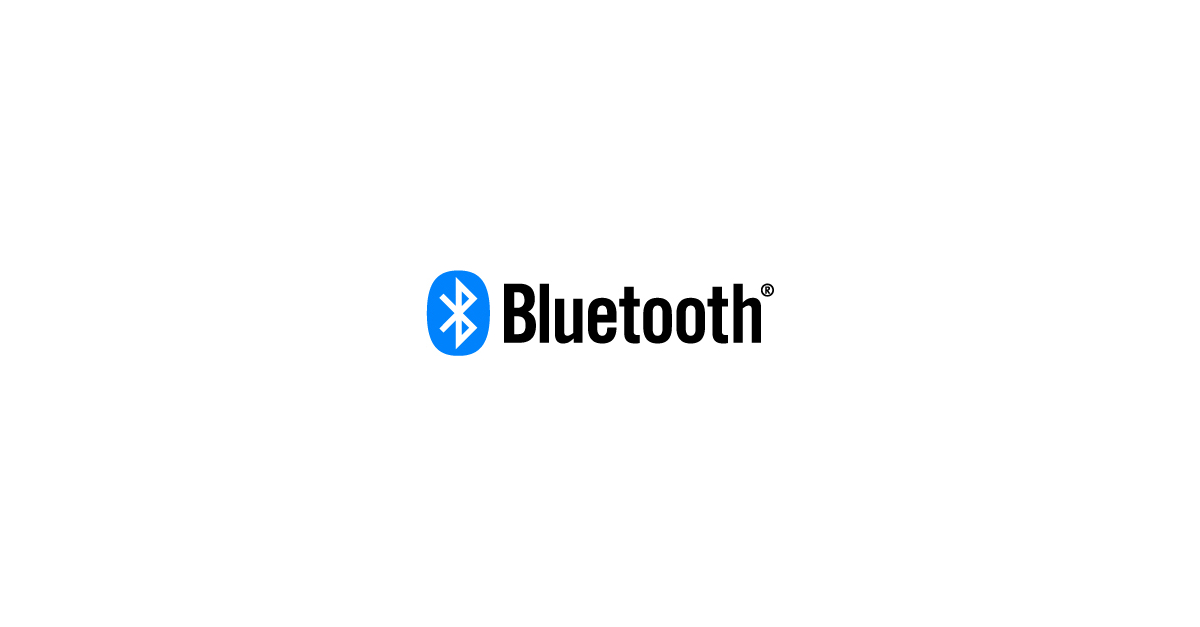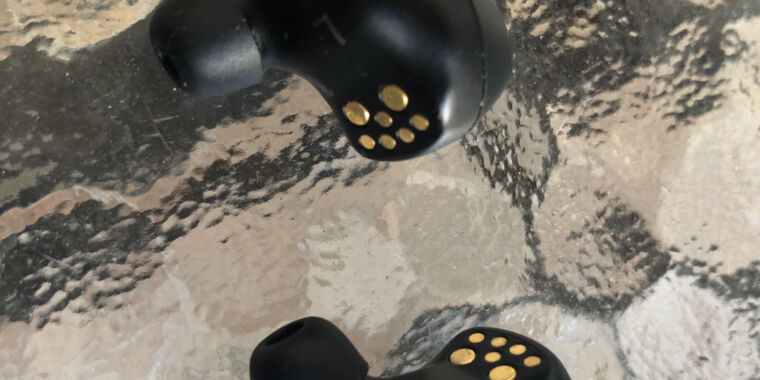while I bring up Zelda and Pokemon in a joking manner, I'm actually serious about how RT can help these games immensely and not break performance budget on Drake
I point out shadows and AO specifically because both of these games take place in natural environments with few enclosed spaces, comparatively. also, RT in open air levels is cheaper than enclosed levels. in open areas, shadowing can be a problem because of the need to render shadow maps or baked shadows, both having a lot of tradeoffs. for dynamic shadows, the resolutions have to be low to account for the many objects and surfaces that have to be shadowed. this is why you see self-shadows omitted or shadows falling over dynamic objects. Pokemon has this issue in spades.
the dynamic objects has low resolution shadows and no self shadowing. note the far right smoliv; it's in the tree's shadow but isn't any darker than the smolivs in direct sunlight. also, the grass lacks any shadowing because it's a dynamic object through it's animation.
the rock walls here have shadows because these are static objects; their shadows are baked in. at best, the textures of the rock walls will change based on the time of day (I don't remember if the shadows moved in Legends but I don't think they did. will have to double check). Skyrim did this, but it takes up memory and storage space. you can also see that once you get far enough, dynamic objects just stop receiving shadows,
one of the early games to feature RT shadows was Shadow of the Tomb Raider. I recall one of the developers saying that there comes a point where ray traced shadows is actually cheaper than raster shadows and come with the benefit of filling out more of the scene, with consistent quality regardless of how far the shadow is from the camera
a notable thing about RT is that once you build the bounding volume hierarchy (a tree data structure that contains the objects that rays are tested against), some effects can be added with little extra cost. so if we're already building a bvh for shadows, why not throw in some AO?
here's a scene that has a very obvious need of AO, screen space, RT, voxel, whatever. the underside of the pokestop is lit with the same amount of light as the surrounding environment despite being shielded from the sky. and behind the desk should be even darker than that! the tree on the left is in shadow, but is not showing gradiation of darkening going up the trunk as it gets more shielded from ambient light. same, but in the inverse direction, with the grass right below it.
here, we have an enclosed area with nonsensical lighting. only one obvious light source and it's throwing light too far, the wrong color, and no accurate energy transmission. of course, we're not using point lights as a traced light source, so some of those points are forgivable. but why are there shadows? and why are the in the wrong direction? RT can account for the shadows and ambient lighting more accurately
you could say, "why not just fake that without RT?". well you can, but that takes a lot of time and resources to bake and store in storage and video memory. RT can, theoretically, lower your memory usage for other things. and in outdoor environments, you're really stretching your resources as it is. for the RT effects themselves, they're not some revolutionary radical change, but they don't need to be. better use of dev time over baking, better coverage of dynamic and static objects, and in some cases, better performance, it makes its own case







